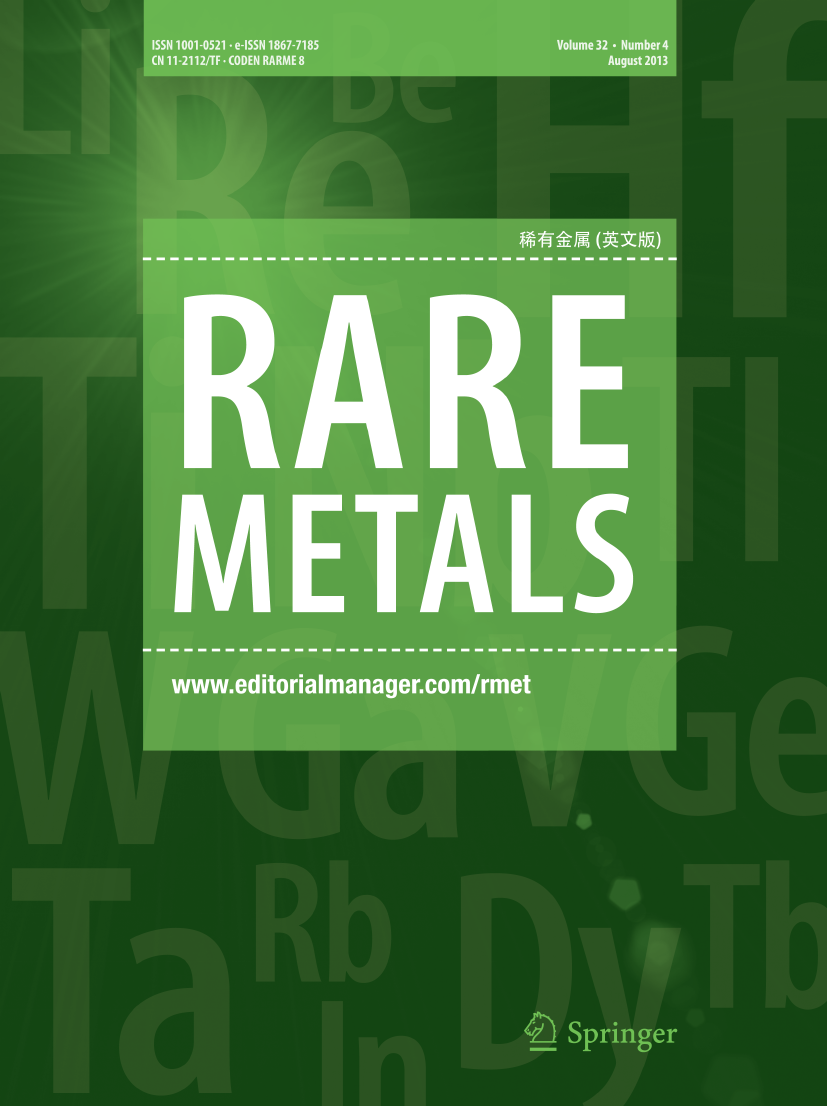摘要
马氏体转变和固有脆性的调节是镍锰镓形状记忆合金应用的关键问题,它们与合金成分和γ相密切相关。本研究制备了单相和双相 Ni55+xMn25Ga20-x(x = 0、2、4 和 6)合金。随着镍/镓比的增加,γ相的比例逐渐升高,峰值马氏体转变温度从 350 ℃升高到 460 ℃。退火后,γ 相的微观结构由连续块状进一步调整为分散粒状。退火后的 x = 2 双相合金比退火后的单相合金具有更高的屈服应力、抗压强度和韧性。即使应变达到 30%,它仍能保持塑性变形而不会断裂。在双相合金的马氏体中观察到较高的应变能和位错密度,这可归因于γ相以及马氏体和γ相之间的界面。此外,双相合金在变形过程中还出现了[001]取向马氏体变体。它们与加载方向平行,有利于提高抗压强度。该方案深入揭示了γ相在变形过程中对马氏体纹理演变和力学行为的影响。The regulation of martensitic transformation and intrinsic brittleness are critical issues for the application of Ni–Mn–Ga shape memory alloys, and they are closely related to the alloy composition and γ phase. In this study, single and dual-phase Ni55+xMn25Ga20−x (x = 0, 2, 4 and 6) alloys were fabricated. The proportion of the γ phase was elevated gradually, and the peak martensitic transformation temperature was enhanced from 350 to 460 °C with an increasing Ni/Ga ratio. The microstructures of the γ phase were further regulated from continuous block to dispersed granular after annealing. The annealed dual-phase alloy with x = 2 exhibited greater yield stress, compressive strength and toughness than the annealed single-phase alloy. It maintained plastic deformation without fracture, even at a strain of 30%. High strain energy and dislocation density were observed in the martensite of the dual-phase alloy, which can be attributed to γ phases and the interface between martensite and γ phases. Furthermore, [001]-oriented martensite variants were obtained during deformation in the dual-phase alloy. They were parallel to the loading direction and conducive to improving the compressive strength. This protocol provides in-depth insight into the influence of the γ phase on the texture evolution and mechanical behavior of martensite during deformation.

 求助内容:
求助内容: 应助结果提醒方式:
应助结果提醒方式:


